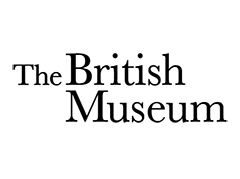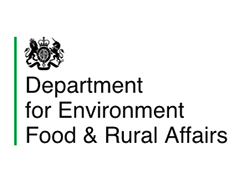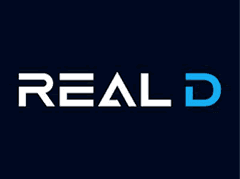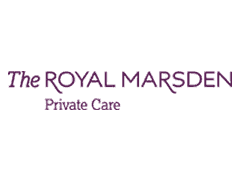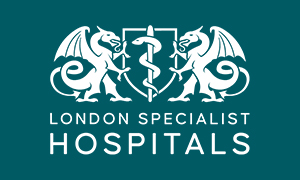You may be wondering, what is website accessibility? In simple words, when we say “accessibility of a website”, we are talking about a measure of how easily a website can be used and understood by all of the users, including deaf, blind, or colour blind users. The internet is used as a recourse by all people, and it is crucial to ensure that everyone can utilise it.
Currently, an estimated 15% of the world’s population has some form of disability. Some disabilities limit people’s ability to interact with the internet in a way a fully-abled person does.
Fully accessible websites alongside convenient technologies help those with a disability to successfully interact with a website, for example, those who are blind or deaf. Regrettably, many websites contain accessibility errors restricting certain users from using them.
How to improve website accessibility?
It is crucial to make sure that everyone can use your website to its highest potential, so incorporating web accessibility features can guarantee the best experience for the user.
To ensure that the website is easily accessible and more inclusive, it needs to adopt different features.
Here are some of the features to incorporate:
- Include captions and text transcripts
- Use high contrasting colours
- Use headings to structure content
- Add image alt text
- Include multiple contact options
A good test for understanding your site’s accessibility is to have your computer read the homepage to you. Would the output make sense to a blind person? Does it drive them to take the action you want them to take? A little secret? It should, and this is how Google reads your code!
What do website accessibility improvements mean to digital marketing?
Web accessibility is a legal requirement in many countries, so considering web accessibility standards can help reduce any legal risks. Website accessibility genuinely comes with many benefits from a marketing perspective. The most significant advantage is that incorporating some of the features can help reach a broader audience, as making a website accessible is SEO optimisation.
If we humanised Google, we’d learn that Google’s algorithm is blind and deaf. The algorithm does not see the images or hear sounds in videos; it can’t tell the difference between any CTA buttons provided if they all read ‘click here’ and ‘submit’. The more accessible the website is, the better it will allow Google to understand the purpose and therefore rank it accordingly. By developing website accessibility, you are automatically optimising it for good SEO.
Although it is not the best practice to make a website 100% accessible, if it were, it would mean that the website would not contain images or videos. There must be a correct balance, and working with ExtraDigital, an agency that has previously worked with many charities and medical clients with a high volume of users who require accessible sites – We know the right balance of being able to serve those with disabilities effectively, give Google information that it needs, and still have a good UX for the rest of the users.
Reach a broader audience by providing your users with a fully accessible website. Speak to our ExtraDigital experts, who are ready to help you improve your website’s accessibility. Contact us today!

